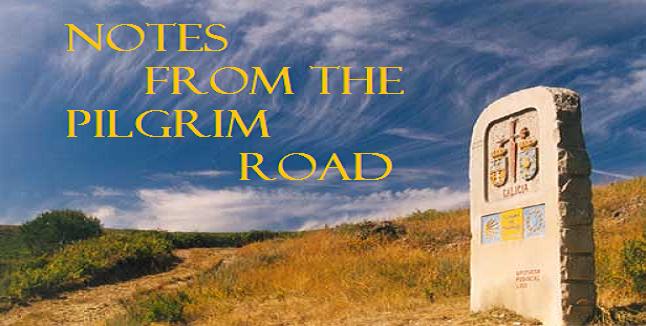After leaving his house he first journeyed to the mountaintop shrine of Montserrat. He went to visit the famous statue of the Black Madonna. He spent all night standing guard in front of the image. At the end of the night, he laid down his sword at her feet, left the church, exchanged his noble clothes with those of a beggar and went to live in a cave doing prayer and penance. It is still a major shrine and pilgrimage destination. Here are some images of our visit.
 Looking out over the monastery at Montserrat, the blog begins (not too much penance, though).
Looking out over the monastery at Montserrat, the blog begins (not too much penance, though).
 Isabel going to see the shrine.
Isabel going to see the shrine.
The black circle marks the spot where Ignatius spent the night in front of the Madonna.



The new church (late 16th C., I think) was built after the visit of Ignatius
 The grand doorway to the old church that Ignatius went through.
The grand doorway to the old church that Ignatius went through.

No comments:
Post a Comment